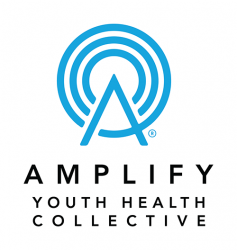Personal Safety: Knowing Signs and Drawing Lines will help increase middle and high school health professionals’ knowledge of various forms of interpersonal violence that young people often face, as well as provide concrete actions that educators and professionals can take to respond.
Format/platform:
- Online Learning Management System (Canvas e-learning), hosted by Rutgers University
- Six-hours of total contact time utilizing videos, podcasts, instructional games, discussion boards, written assignments, presentations, readings, and visual animations
- Asynchronous
- Instructor-led
All content is aligned to the National Sexuality Education Standards, the National Teacher Preparation Standards for Sexuality Education, the Professional Learning Standards for Sex Education, and the Areas of Responsibility and Competencies for Health Education Specialists.




